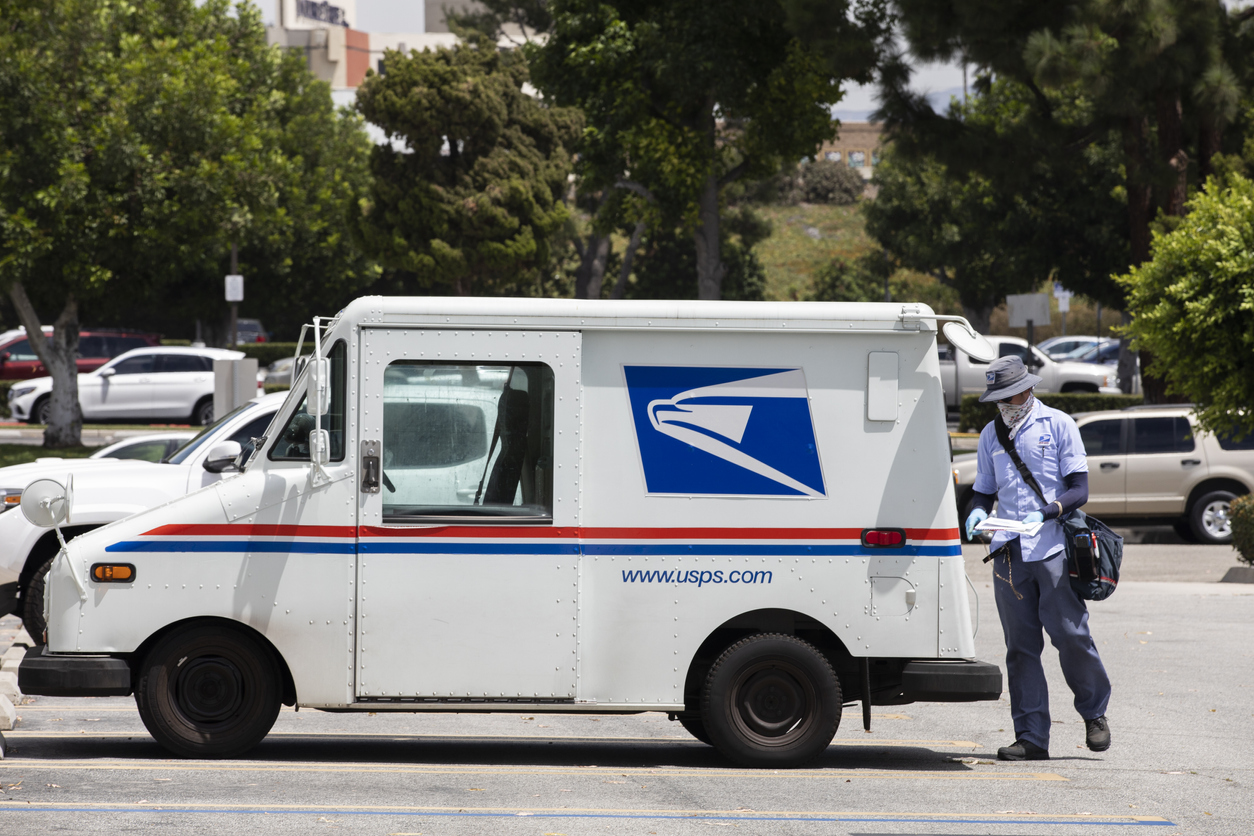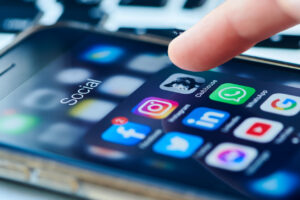How USPS used data to address COVID concerns
The U.S. Postal Service created tech-savvy strategies to keep employees and customers safe, informed and engaged.

When COVID-19 shook the world to its core, there were more questions than answers. The U.S. Postal Service waded through the uncertainty and extraordinary challenges to help customers and employees stay up to speed.
During the height of COVID in 2020, countless customers wanted to know about potential virus exposure from mail, stimulus check scam protections and service delays — all during a busy election year. The Postal Service responded with a data-based comms strategy that helped employees and customers feel protected and understood.
Their team was a crisis management winner in PR Daily’s Social Media & Digital Awards this past June.
Here’s what you can learn from the campaign:
Practice social listening internally and externally
Mary Beth Levin, manager of Social Media Strategy and Analytics at the United States Postal Service, told PR Daily that internal and external stakeholders needed to feel heard. And the agency took steps to make that happen.
Levin said that the Postal Service set up a special listening section within its social customer response team to get a better grasp on COVID-related customer responses.
“If anyone reached out to us on Twitter or Facebook asking us about COVID, that was automatically tagged and reviewed,” Levin said.
This was part of a comprehensive strategic response for social customer response, which allowed the Postal Service to address the 250% increase in incoming social media posts, in a sensitive, yet effective way. Levin led the team to revamp its legacy tagging system of 635 tags, scaling it down to 96. The Postal Service revamped its computerized prioritization system to assign a priority scale based on:
- Urgency and time sensitivity of the issue with an AI linguistic analysis that indicated urgency.
- Level of influence. For example, “If Beyoncé were to lose a package, the response would be huge, clogging the queue for everyone,” Levin said.
- How likely the post was to trend.
The Postal Service also practiced social listening for employees, too. Many had questions about what kind of protective equipment would be available, COVID absentee policies and other matters. Scores of employees took their concerns to Reddit and across social media. Levin said that through social listening, the Postal Service wrote over 291 internal comm articles based on questions and complaints from employees posting on Reddit and other platforms. Levin said that the company felt that responding directly on Reddit might “inhibit the conversation” so Levin’s team informed operations who took a “location-specific approach” and found out what major questions were coming from which branches.
Levin said that for example, her team identified a location whose branch was running low on PPE and operations reached out directly to their local postmaster by a phone call or email.
“Operations would reach out to them saying, ‘How can we help you? Do you need us to send PPE to you?’” Levin said.
Use data to your advantage
Levin used data from its social customer response to create a heatmap, which showed complaint hot spots.
“That’s something I created from scratch, and we filed a patent for it recently,” Levin said.
Levin added that the Postal Service assigned zip codes to conversations from social media. After someone made a post or tagged the Postal Service with a complaint, an associate or chatbot would ask the customer for their zip code or tracking number which is automatically mapped.
Levin said that the map helped the Postal Service understand what was happening at the ground level, especially when common issues kept popping up. like missing or delayed mail.
“We actually did an intervention with one of the areas that led to a 54% decrease in the concerns that come to us on social media,” Levin said.
Creative responses in a crisis
The Postal Service also created two websites to offer employees essential information. The first gave employees resources on staying safe, information on an employee assistance program, and helpful articles and videos. The second provided COVID-related resources for employees and managers, like informational posters, articles, videos, teleworking data and more.
The Postal Service also created an external website for customers.
“We heard a lot of concerns from our customers about COVID, would they get it from the mail, would they get it from their carrier,” Levin said.
The Postal Service made a series of animations to send to customers to help them better understand its social distancing policy. This information was vital because some customers’ only human interaction was with postal carriers for long stints.
“The customer would come out and greet the carrier like they were their long-lost love,” Levin said. “The carrier was in a really awkward situation because they didn’t want to be rude … to one of their customers or be exposed.”
“It was a response to employee concerns as well,” Levin said. “This was reassuring to both sides.”
The Postal Service compiled thank-you videos from customers who showed appreciation to their carriers and revealed the videos to employees.
“They liked that they were being appreciated – it created a sense of camaraderie,” Levin said. “Not just within the group, but also with customers as well.”
Levin said communicators need to tailor their approach to the stakeholders they are trying to reach and really understand where they are coming from and what they want.
“We may seem like a large and anonymous company, but we are made up of the communities we serve,” Levin said. “Part of it is how do we prioritize concerns, and customers help us do that.”







